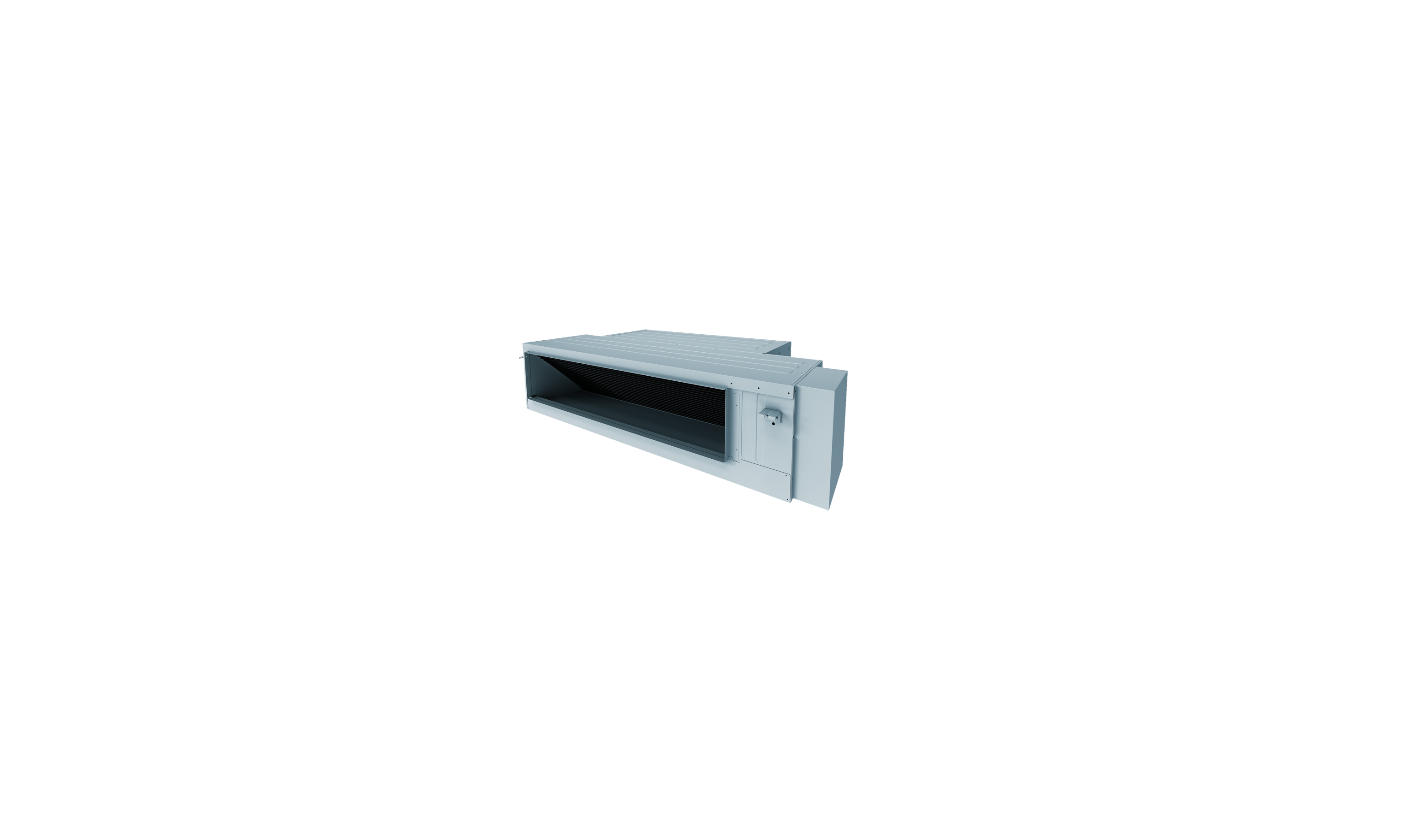Knowledge

Jargon Buster
So, you’re taking your first steps into the solar battery or solar energy arena. There are many terms, abbreviations and phrases that you may not fully understand or have come across before.
We’d like to take this opportunity to clear up any uncertainty and give you some insight into the energy industry keywords. There terms are used so frequently when describing energy storage and solar solutions and can be a little confusing for some. We hope that our straight forward explanation helps customers to better understand the information begin presented.
Please read below our Solar battery jargon buster, or glossary if we’re being formal.

